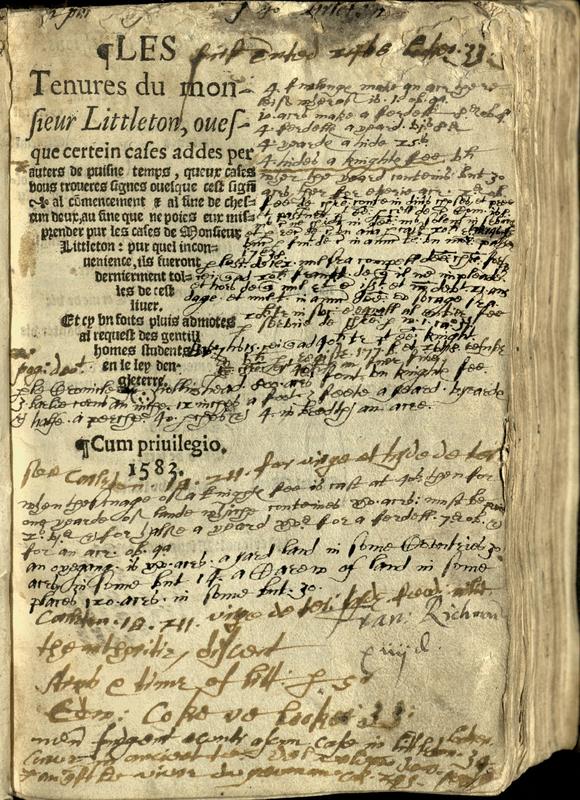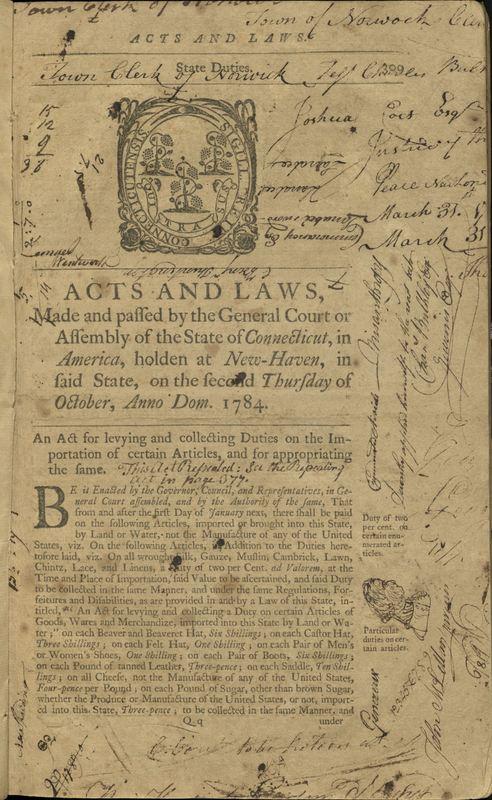For book historians, the ability to see and study these annotations—whether in the form of students’ notes, entire legal arguments, handwritten indexes, or mere doodling—is valuable. Sadly, not everyone felt that way: a 1511 copy of Justinian's Institutes has been tightly trimmed by a later bookbinder to physically erase the unsightly markings of an earlier reader.
As an addendum of sorts to each section’s images and descriptions, there is a relevant quote from one of several books about book history worth noting and “signal-boosting” here: Tom Mole’s The Secret Life of Books: Why They Mean More than Words (2019); David Pearson’s Books as History: The Importance of Books Beyond Their Text (2012); William H. Sherman, Used Books: Marking Readers in Renaissance England (2008); and Roger E. Stoddard’s Marks in Books, Illustrated and Explained (1985).

















